knowing how to dress in Morocco as a woman is important, visiting conservative country with Muslim population, can be a bit of a minefield deciding what to wear in Morocco especially for female traveler. In a case where it is important to respect the local culture and dress accordingly, it’s also key to staying comfortable. Balancing both can be a real challenge. Therefore, In this blog, it’s crucial to cover the most acceptable and respectful clothes for female traving to Morocco. While some women are eager to visiting Morocco. However, it’s necessary to know what to dress for a safe and respectful journey.
Traditional Attire: A Legacy of Elegance:
Traditional Moroccan women’s clothing is characterized by its modesty, elegance, and detailed craftsmanship. These costumes are often worn during special occasions and vary across regions:
- Djellaba: A long, loose-fitting robe with a hood, commonly worn in daily life. Djellabas are made from various materials like cotton, wool, or silk, depending on the season, and come in a range of colors and patterns, It is most preferable in women wearing. You might have heard about Djellaba for men, but it is different from the female one, it is worn whether in special occasions such as Eids, weedings or daily life too.
- Kaftan: has been part of Moroccan culture for many years. In fact, it is a long coat-like garment, usually worn with a belt and made of rich fabric. Additionally, Kaftans are typically worn for formal events such as weddings and religious celebrations.
- Gandoura: it is a traditional garment that embodies elegance and simplicity, it is sleeveless, wide-cut tunic that reaches the ankles, usually it is worn in warmer climates for comfort and ease.
Contemporary Fashion: A Blending of Tradition with Modernity:
Western Influence: nowadays many Moroccan women incorporate western style with traditional one, especially in the younger generations, such as jeans, and blouses, often pairing them with traditional accessories or modest coverings. This mixture of the traditional and modern wearing has made them suitable for both formal and casual events and occaisions.
Regional Variations and Cultural Significance:
Berber Influence: In the Atlas Mountains and rural areas, the Berber women usually wear brightly colored garments beautify with jewelry and headpieces reflecting their unique cultural identity. In these rural areas it is better to wear more decent wearing due to their religious conservative as they are not used to see modern fashion.
Fashion in the Souks and Local Markets:
The most exciting activity to experience in Morocco is to go shopping in the traditional souks: these traditional markets are offering a set of handwoven fabrics such as Berber scarves, kaftans and jewelry. Female travelers often appreciate being a part in the Moroccan culture as it gives a unique and new look that is different than the usual and modern one. These traditional souks allow visitors to witness the beauty of the Moroccan clothes by seeing different styles and gives you a memorable cultural experience.
Dressing Guidelines for Visitors:
- Coverage: opt for clothing that covers shoulders, or any other sexual part in the human body.
- Headscarves: While not mandatory but wearing a scarf can be useful for visiting religious sites or in conservative areas as it gives more value and respect to those wearing it.
It is preferable to dress in a way where you avoid symbols or representation of flags or other cultures that might go against the local religious values, to be treated respectfully by others.
In Morocco, clothing isn’t just about style, but it reflects history, faith, and identity. Travelling to these places while dressing respectfully not only opens doors to truthful connections with locals, but it also allows you to travel with confidence.
Clothing guideliness for a common places in Morocco:
As a woman traveling to Morocco as a muslim country, it’s quiet essential to be awre of how to dress in few common places in Morocco:
- Mosques and historical monuments: When visiting a mosque or a monument, it is essential to wear clothing that is respectfully appropriate. In certain places, showing specific parts of the body, such as shoulders, legs, and hair, is prohibited. That is, it is essential to cover these parts appropriately. Thus, in order to ensure a more enjoyable and safe visit. In accordance with local traditions and religious practices, it is prohibited for women to wear attire that is unacceptable, particularly in holy places such as mosques and mausoleums.
- Big cities: In big cities like Marrakech, Fes, and Tangier, women sometimes dress similarly to the western. Therefore, locals in these cities are more familiar with Western culture and tend to be more open-minded, wearing modest, respectful clothing generally won’t attract much attention. However, it’s still better to avoid outfits that may be inappropriate or disrespectful, such as short skirts, shorts, or revealing dresses. Thus, dressing in a culturally sensitive way helps ensure a more comfortable experience and shows respect for locals.
- Small Towns and Villages: It’s important to know that people in villages like those in the High Atlas Mountains, desert towns, and rural areas aren’t used to tourists and foreigners as they’ve grown up with more conservative traditional and culture. That’s why it’s shameful and unacceptable to be dressed in inappropriate clothes. So, women planning to visit these towns should be aware about what to wear. Dressing in a respectful way, on the other hand, would help you gain respect and connect with locals.
Are you planning a trip to Morocco?
Looking forward to visting the Sahara Desert of Merzouga? If so, We offer a variety of itinerary programs across Morocco, with departures from Fes, Marrakech, Tangier, and Casablanca. Please review our tour packages listed below and inform us of the one that best meet with your preferences. We are always available answer any question you may have and create a personalized itinerary program for your travel that is tailored to your interests and preferences. Contact us







